Have you ever caught your dog standing between you and a stranger, or barking at a suspicious noise in the night? Dogs have a remarkable way of making us feel safe, loved, and understood. Yet, while some breeds are natural-born protectors, others would rather chase a tennis ball than guard the house. The differences are fascinating—and heartwarming! In this article, we’ll uncover the surprising ways dogs reveal their protective instincts and introduce you to some breeds that are all about fun and games. Whether you’re looking for a furry bodyguard or a joyful companion, you’ll find a new reason to adore your four-legged friend. Get ready to recognize the secret signals of canine protectiveness—and meet the pups who just want to play!
Standing Between You and a Threat
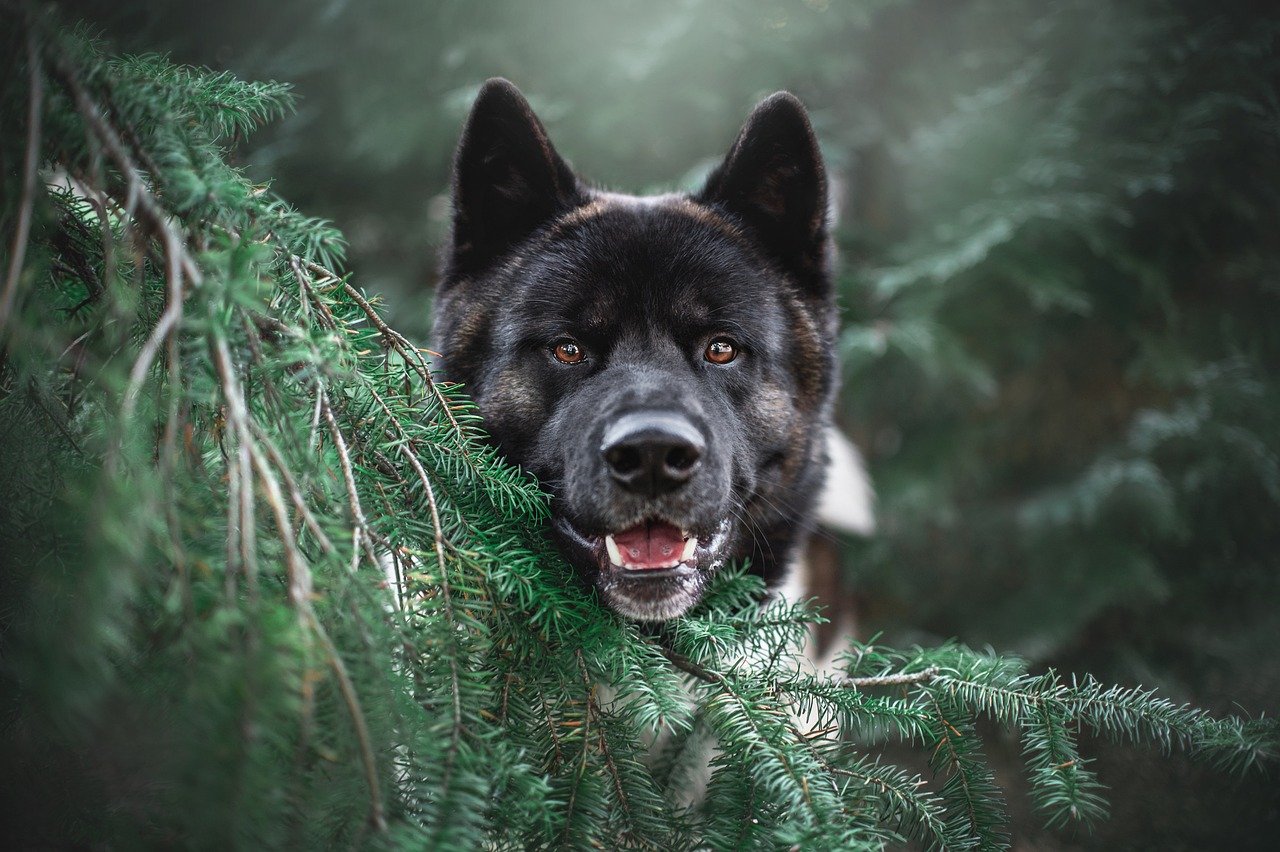
Dogs have long been celebrated as loyal protectors and faithful companions—but not all of them are built for guard duty. Some breeds naturally take on the role of vigilant guardian, displaying subtle (and not-so-subtle) signs of their protective instincts. Others, however, would rather chase a ball than a threat. In this guide, we’ll break down 10 key ways dogs show their protective side and introduce you to 10 playful breeds that are more about fun than fierce.
One of the clearest signs that a dog is protective is when they physically put themselves between their owner and a perceived threat. Imagine walking in the park and a stranger approaches a little too quickly—suddenly, your dog moves in front of you, tail raised, eyes alert. This isn’t just coincidence; it’s a deep-rooted instinct to shield their loved ones. For many dogs, this protective stance is automatic, almost like an invisible shield. They’re not necessarily aggressive but want to make it clear: “You have to get through me first.” Even small dogs like Dachshunds or Chihuahuas can show this behavior, proving that size isn’t everything when it comes to devotion. Sometimes, it’s as if they’re saying, “I’ve got you covered,” and there’s something incredibly comforting about that.
Barking at Unusual Noises
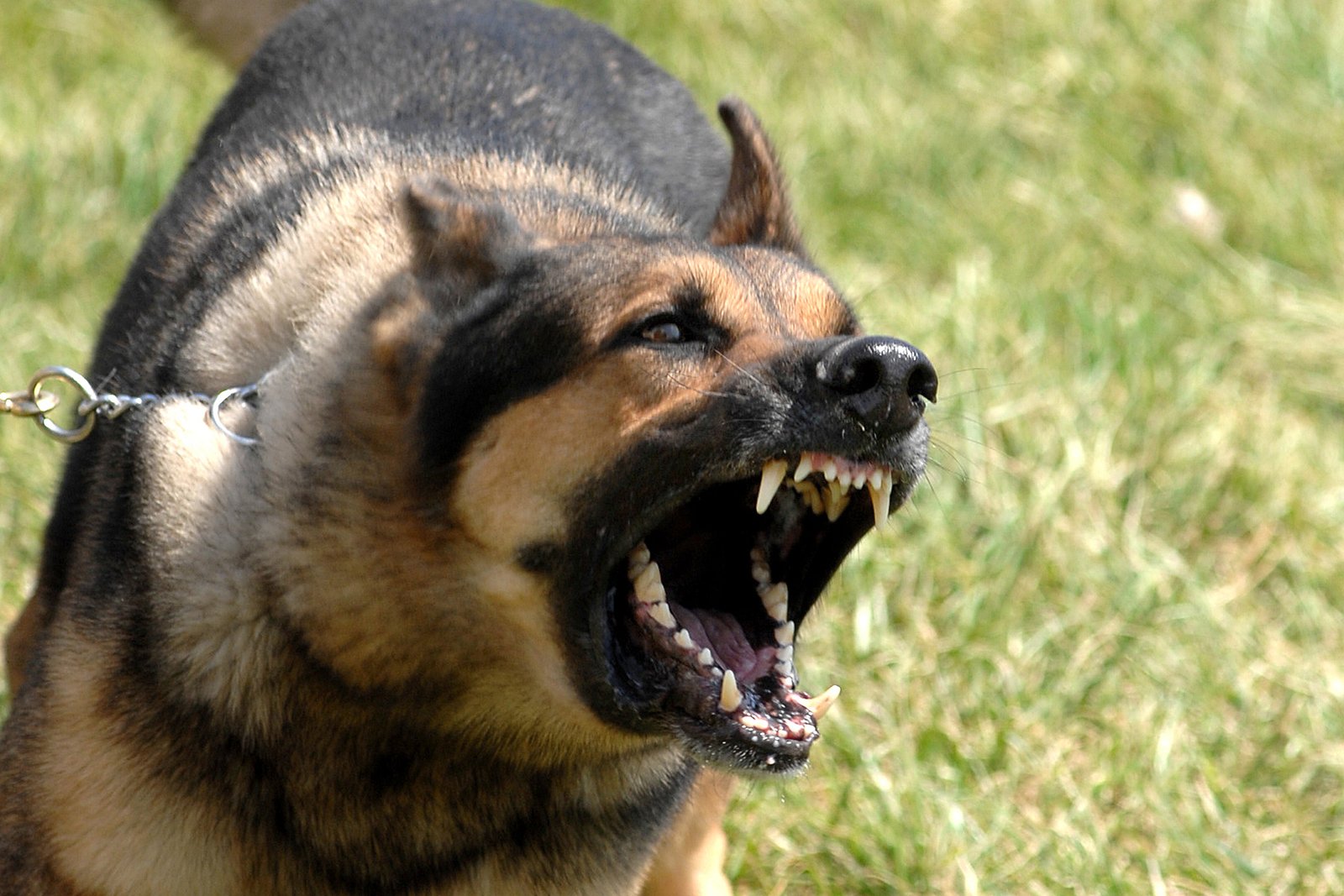
Ever noticed your dog’s ears perk up at the slightest sound, followed by a burst of barking? Dogs use their voices not just for fun, but as powerful warning systems. When they hear something out of the ordinary—be it a creak, a knock, or footsteps outside—they’ll often bark to alert you and to scare off any potential intruders. This type of barking is sharp, urgent, and persistent, different from the playful yaps during a game. It’s their way of announcing, “Stay away from my family!” Some breeds are especially vocal, like German Shepherds and Boxers, but almost every dog will use their bark to protect what they love. It might be startling in the moment, but it’s a reminder that your pup is always on guard.
Watching Your Every Move
Protective dogs seem to always have their eyes on you. They follow you from room to room, settle at your feet, and even peek around corners to keep you in sight. This constant vigilance isn’t about being nosy; it’s about ensuring your safety. For example, a Labrador Retriever might quietly observe you working from the couch, while a Belgian Malinois may pace near the door when you’re outside. This behavior is especially common in breeds with a strong guardian instinct, but many family dogs display it as well. Watching over you is their way of saying, “I’m here, just in case.” It’s a gentle, silent form of protection that often goes unnoticed—until you realize you haven’t been alone for a single moment all day.
Growling at Strangers or New Animals
A low growl can send shivers down anyone’s spine. When a dog growls at someone unfamiliar, it’s not always aggression—it’s often a protective warning. This sound is their way of laying down boundaries: “Don’t come any closer.” Protective breeds like Rottweilers or Dobermans are especially known for this behavior, but even the friendliest dogs can become vocal if they sense a real threat to their family. The growl is usually accompanied by a stiff posture and direct eye contact. Dogs use this as a first line of defense before things escalate. If you listen closely, you’ll notice the growl is deeper and more deliberate compared to playful grumbles. It’s a clear message: “I’m watching you, and I’m ready to defend my home.”
Following Children Around
It’s heartwarming to see a dog trailing after the youngest members of the family, almost like a shadow. Protective dogs often take special care of children, seeing them as vulnerable pack members. Breeds like Collies and Newfoundlands are famous for this, but many mutts will also display this endearing habit. They’ll patiently sit beside a child playing on the floor, nudge them away from danger, or gently herd them back to safety. Some stories tell of dogs saving kids from hazards—like pulling them away from a busy street or barking to alert adults of a problem. For these dogs, children are precious cargo, and their protectiveness is both instinctive and touching.
Refusing to Leave Your Side When You’re Sick
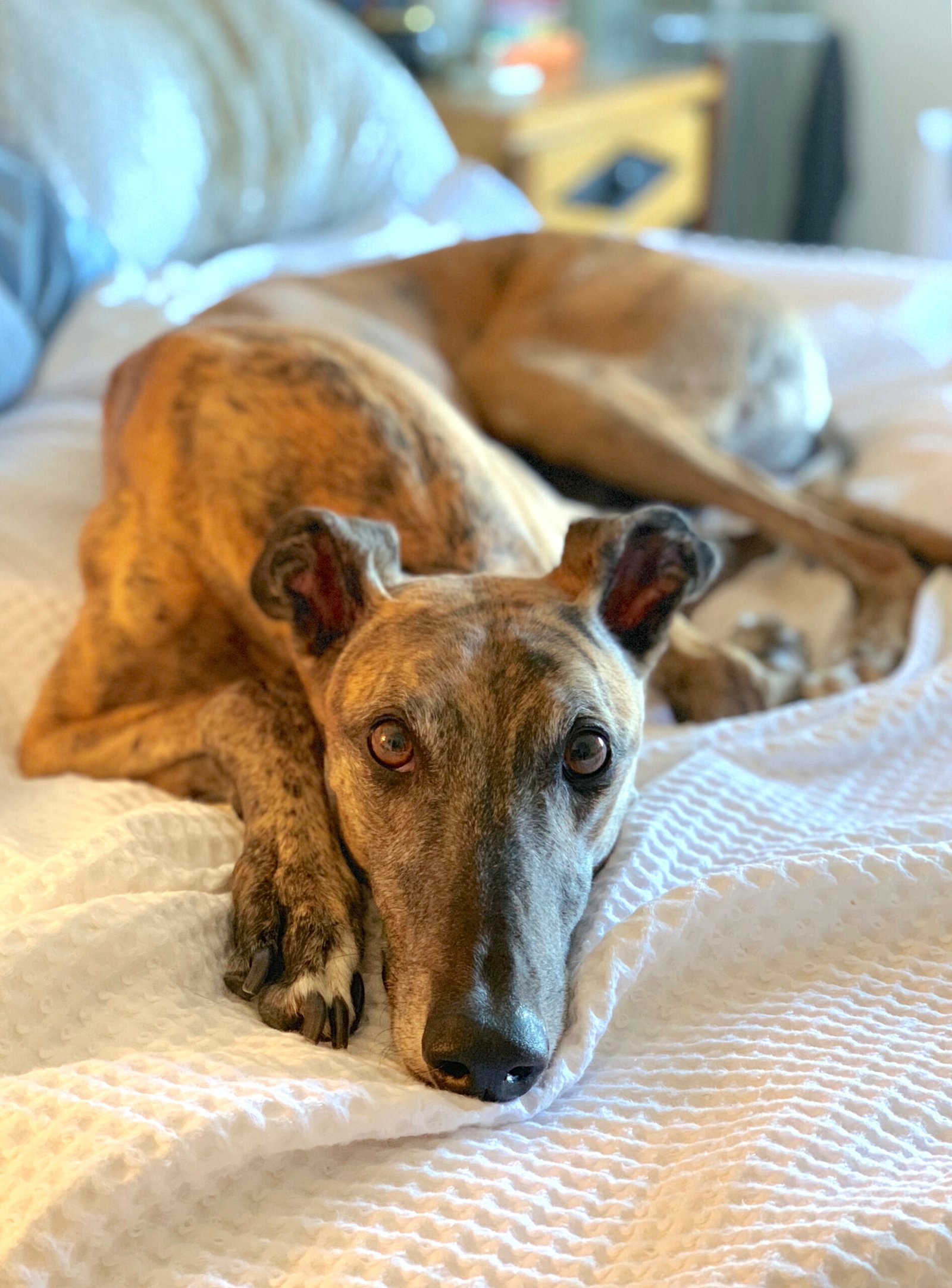
Dogs have an uncanny sense for when something isn’t right. When their owner is feeling unwell or upset, protective dogs often refuse to leave their side. Whether you’re bedridden with the flu or simply feeling blue, your dog might curl up next to you, rest their head on your lap, or watch over you with worried eyes. This isn’t just comfort—it’s genuine concern. Some breeds, like Golden Retrievers or Standard Poodles, are especially attuned to their owner’s emotions, but any loyal dog can show this behavior. They seem to know when you need them most, acting as furry nurses and steadfast friends. Their quiet presence can make even the toughest days a little easier.
Alert Body Language During Walks
Take a stroll with a protective dog, and you’ll notice their posture change the moment something unfamiliar approaches. Their body tenses, ears stand tall, and eyes become sharp and focused. Sometimes, the hair along their back might even stand up—a phenomenon known as “raised hackles.” This alert body language is a clear sign they’re surveying the environment for potential threats. Breeds like Akitas or Bullmastiffs are especially known for their watchful presence. Even if nothing happens, you can almost feel your dog scanning the world around you, ready to act if needed. It’s like having your own silent security guard by your side.
Checking on Family Members Throughout the Day
Protective dogs often make daily rounds, checking in on each person in the house. Whether it’s peeking into the bathroom, nudging open bedroom doors, or simply sitting in the hallway to monitor comings and goings, these dogs take their job seriously. This behavior can seem amusing—like a little furry supervisor making sure everyone’s accounted for. It’s especially noticeable in breeds with a strong sense of duty, such as Anatolian Shepherds or Great Pyrenees. Even mixed-breed dogs can show this trait, especially if they come from working or herding backgrounds. Their watchful routines bring a sense of order and security to the home.
Becoming Protective of Personal Property
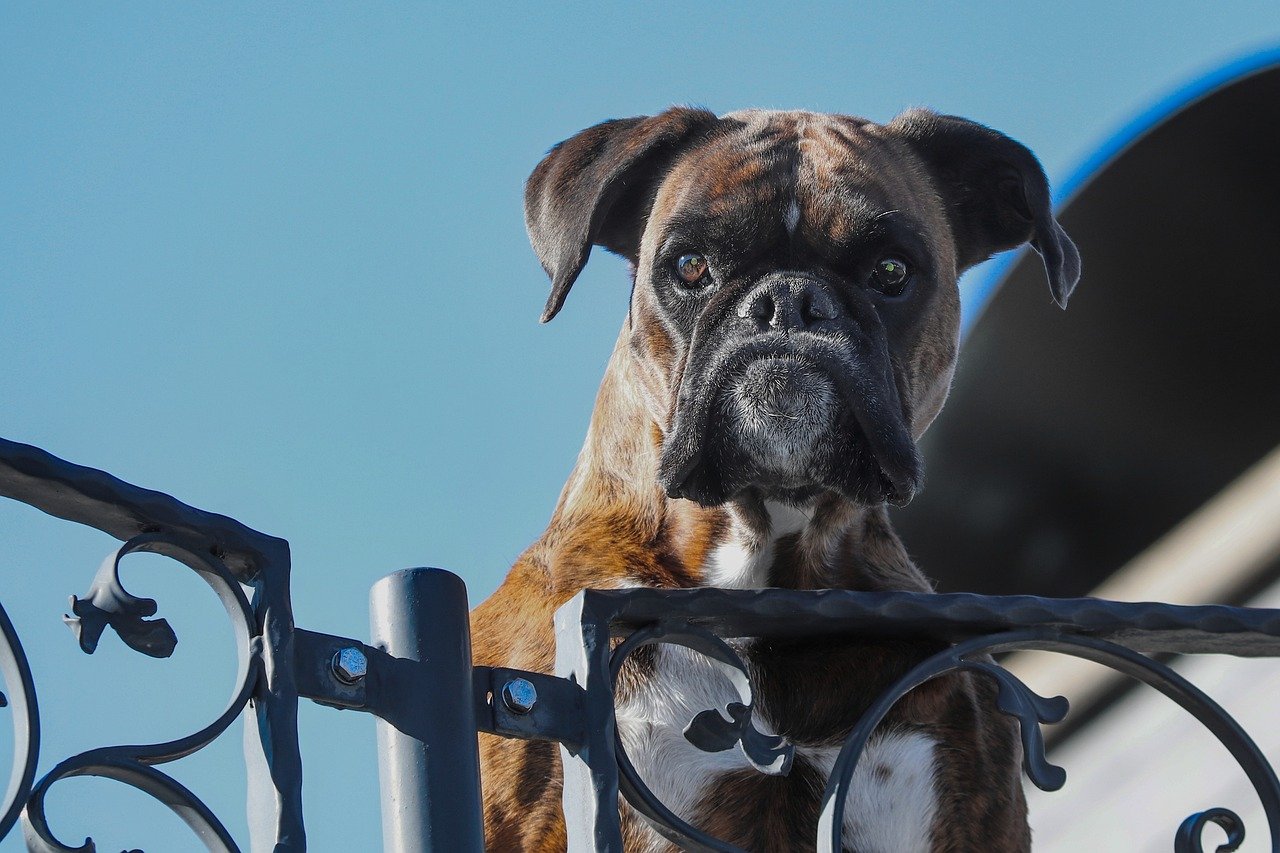
Some dogs take their protective instincts beyond family, extending it to personal property. If you’ve ever seen a dog stand guard over your handbag, shoes, or even your favorite chair, you know this behavior. They might lie on top of your belongings, bark when someone else approaches, or gently nudge items back toward you. This isn’t possessiveness for its own sake—it’s an extension of their desire to keep your things safe. In breeds like German Shepherds or Cane Corsos, this trait is particularly strong. It’s almost as if they understand the sentimental value of your possessions and want to help you protect them.
Escorting You to the Door or Car
Have you ever noticed your dog walking you to the door or following you out to the car? This escorting behavior is another subtle way dogs show their protective side. For them, it’s not just about saying goodbye—it’s about making sure you’re safe until the very last moment. Some dogs will wait at the window or door until you return, keeping a watchful eye on your departure. Breeds like Belgian Malinois and Dobermans often do this, but any loyal dog might take on the role of guardian as you come and go. It’s a touching reminder of just how much they care.
Golden Retriever: The Eternal Optimist
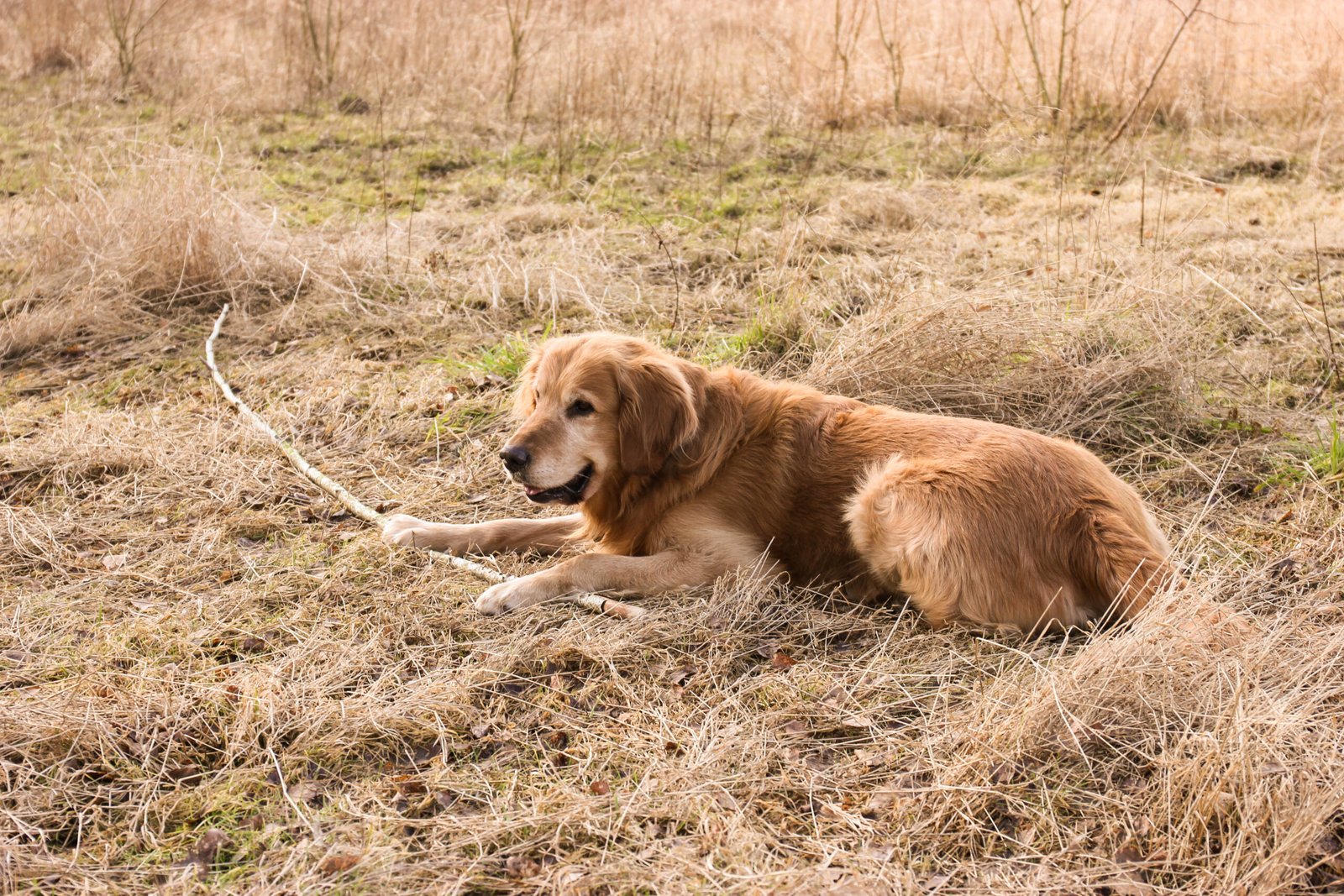
Golden Retrievers are famous for their sunny personalities and boundless energy. While they can be protective in their own gentle way, their main focus is usually play and affection. These dogs adore games of fetch, splashing in puddles, and making friends with everyone they meet. Their wagging tails and big smiles are impossible to resist. Even in the face of strangers, Goldens are more likely to offer a toy than a warning bark. For families seeking a fun-loving companion who’s always up for an adventure, the Golden Retriever is the ultimate playmate.
Labrador Retriever: The Playful Pal
Labrador Retrievers are the definition of friendly. Their enthusiasm for life is infectious, and they approach every new experience with curiosity and excitement. Labs love to swim, hike, and play with kids, often forming deep bonds with their families. They’re welcoming to guests and rarely show suspicion toward strangers. If you’re looking for a dog who will join in on every game and greet every visitor with a wagging tail, the Labrador Retriever is a perfect choice. Their zest for fun makes them one of the world’s most beloved breeds.
Beagle: The Social Butterfly
Beagles are small hounds with big personalities. Known for their playful spirit and love of company, Beagles thrive in social settings. They enjoy group games, sniffing out new scents, and making friends wherever they go. While they can be vocal, their barks are more about excitement than warning. Beagles are happiest when they’re part of the action, whether it’s a family picnic or a romp at the dog park. They’re not likely to take on the role of protector—instead, they’re the ones inviting everyone to join the fun.
Cavalier King Charles Spaniel: The Gentle Companion
The Cavalier King Charles Spaniel is the epitome of a lap dog. These sweet-natured pups crave affection and love nothing more than cuddling with their humans. While they may sound an alarm at a knock on the door, their curiosity and friendliness take over quickly. Cavaliers are great with children and other pets, and their gentle, playful demeanor makes them ideal for families seeking a loving, low-key companion. If you want a dog who’s always ready for a snuggle or a soft game of tug, the Cavalier is a top pick.
French Bulldog: The Happy-Go-Lucky Clown
French Bulldogs are small but mighty in personality. With their bat ears and expressive faces, they have a knack for making people laugh. Frenchies are playful and sociable, often clowning around to win attention and treats. While they may alert you with a bark, they’re more likely to welcome strangers with a wiggly bottom and a goofy grin. Their love of play and relaxed attitude make them perfect for urban living and families of all sizes. For a pup who brings endless joy and silliness, the French Bulldog is a winner.
Boston Terrier: The Charming Entertainer
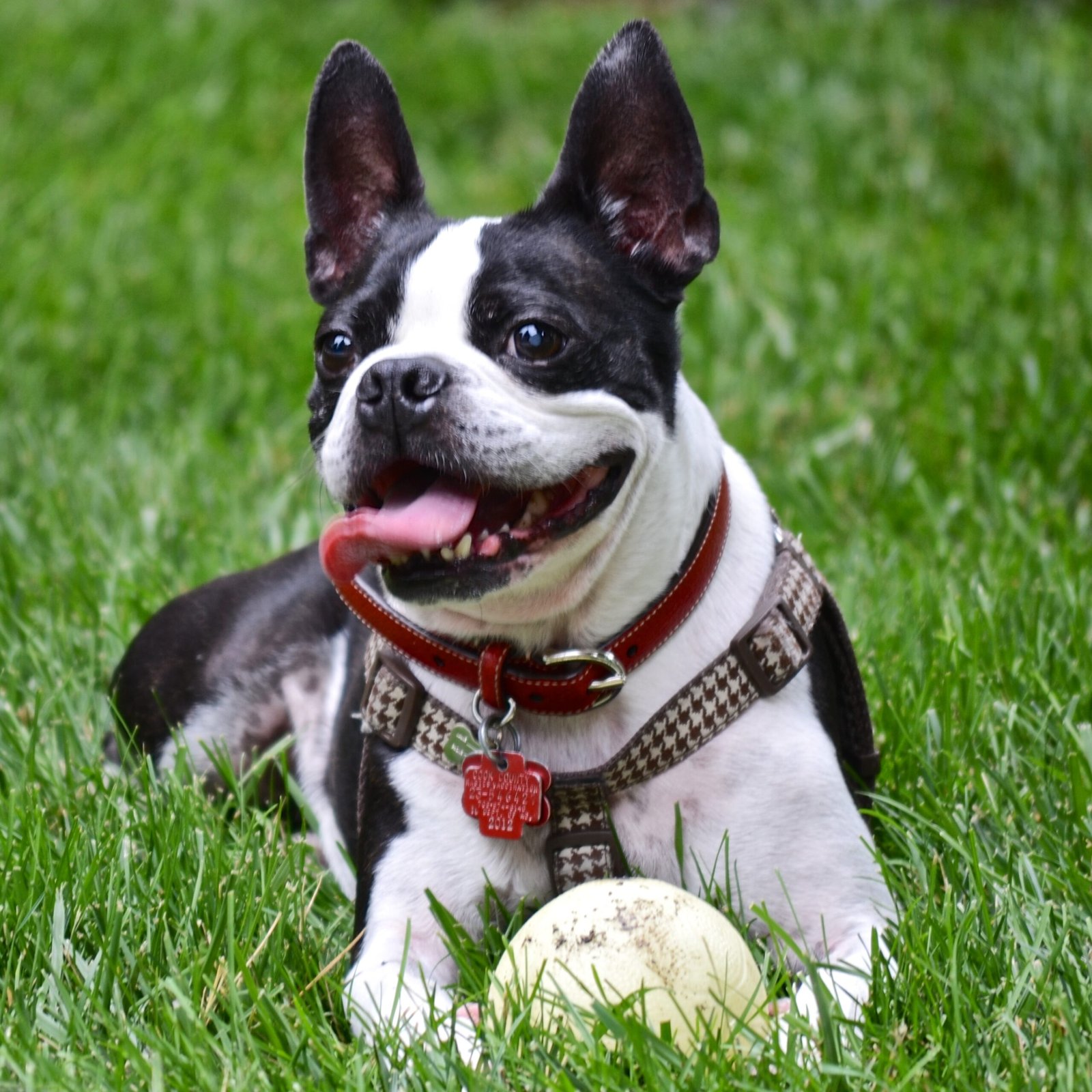
Boston Terriers are lively, affectionate, and always ready for a game. Their compact size and boundless energy make them great companions for both kids and adults. Bostons love to chase toys, perform tricks, and snuggle on the couch. They’re friendly with new people and rarely show aggression. Their upbeat attitude and eagerness to please make them a delight to have around. If you’re seeking a dog who will keep you laughing and smiling, a Boston Terrier is sure to win your heart.
Papillon: The Tiny Acrobat
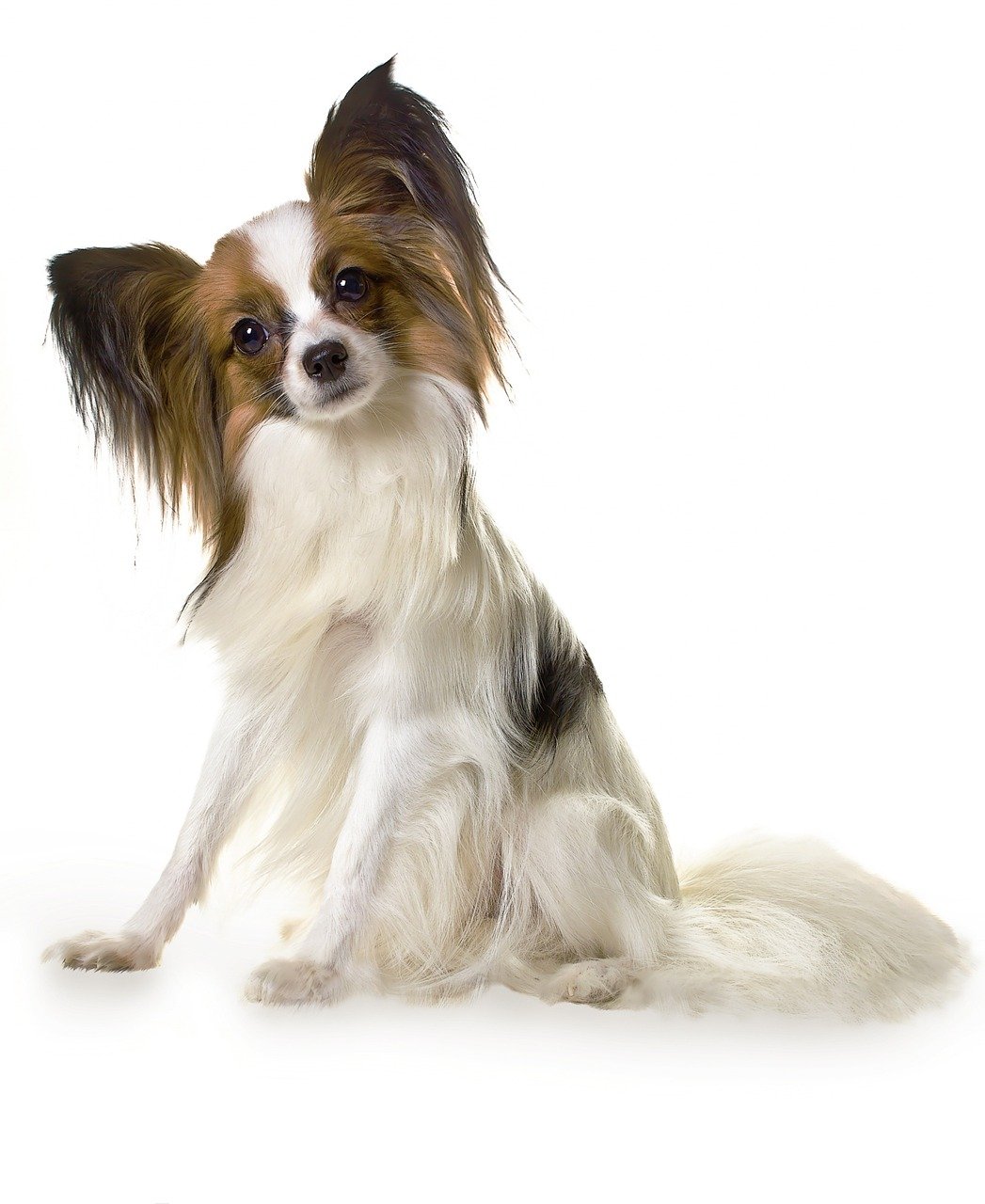
Papillons may be small, but their personalities are larger than life. These dainty dogs are agile and quick, capable of impressive jumps and playful antics. Papillons adore interactive games and excel at learning new tricks. They’re outgoing and confident, often approaching strangers with curiosity rather than caution. While they can be alert, their protective side is mild compared to their enthusiasm for play. For anyone looking for a pint-sized partner in fun, the Papillon is a delightful choice.
Cocker Spaniel: The Joyful Friend
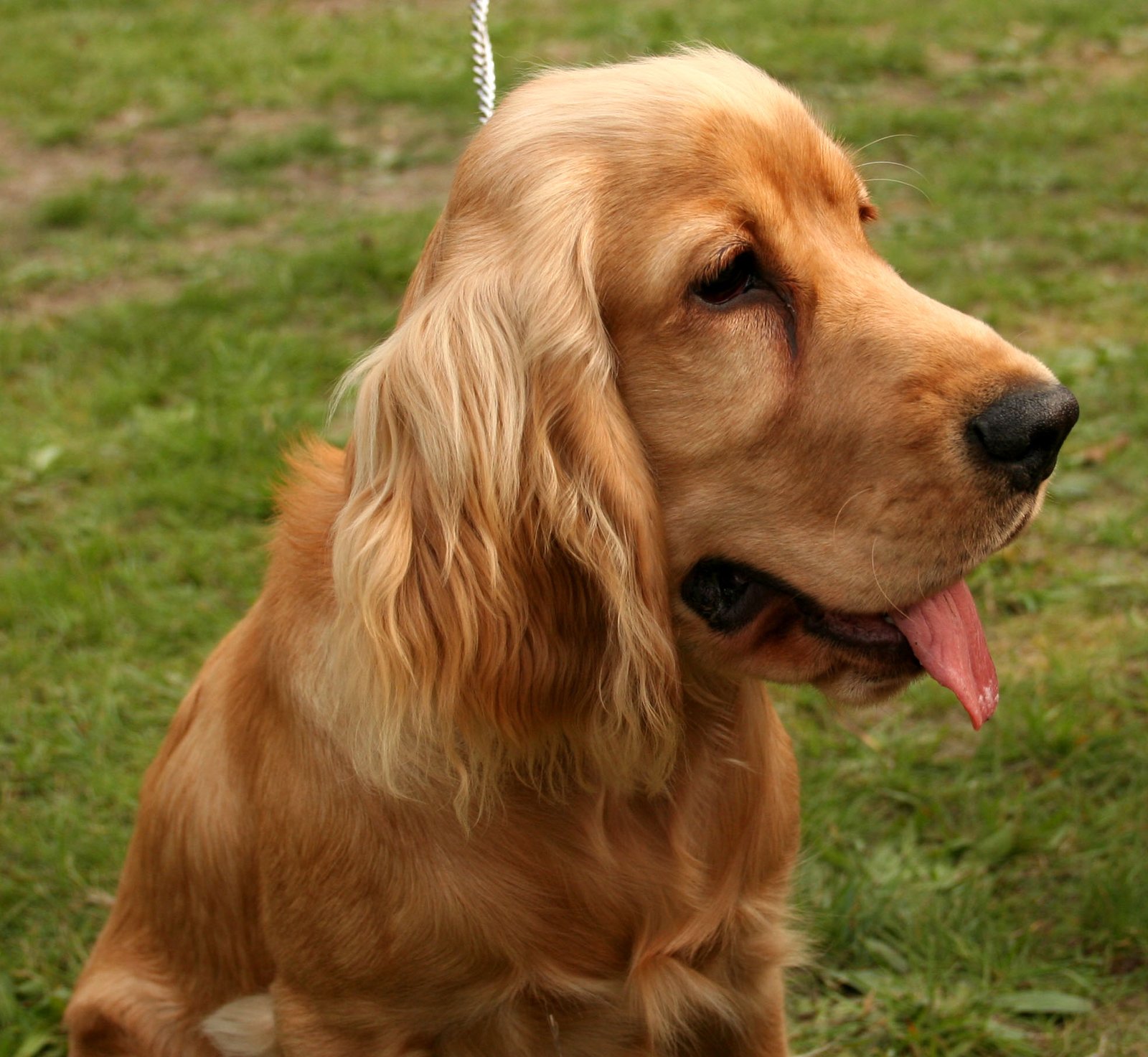
Cocker Spaniels are known for their sweet faces and wagging tails. These dogs are cheerful, affectionate, and always up for a good time. Cockers love to play ball, run in the yard, and join in family activities. They’re gentle with children and get along well with other pets. While they may bark at an unfamiliar noise, they’re quick to make friends. Their playful, easygoing nature makes Cockers a popular choice for families seeking a loving, sociable companion.
Pug: The Silly Sidekick
Pugs are famous for their wrinkly faces and comic personalities. These little dogs thrive on attention and love to entertain their families. Pugs are playful and mischievous, often making up their own games. They’re friendly with strangers and rarely act as watchdogs. Instead, they focus on spreading happiness and laughter wherever they go. If you want a dog who will keep you smiling with their silly antics, the Pug is a perfect pick.
Bichon Frise: The Fluffy Funster
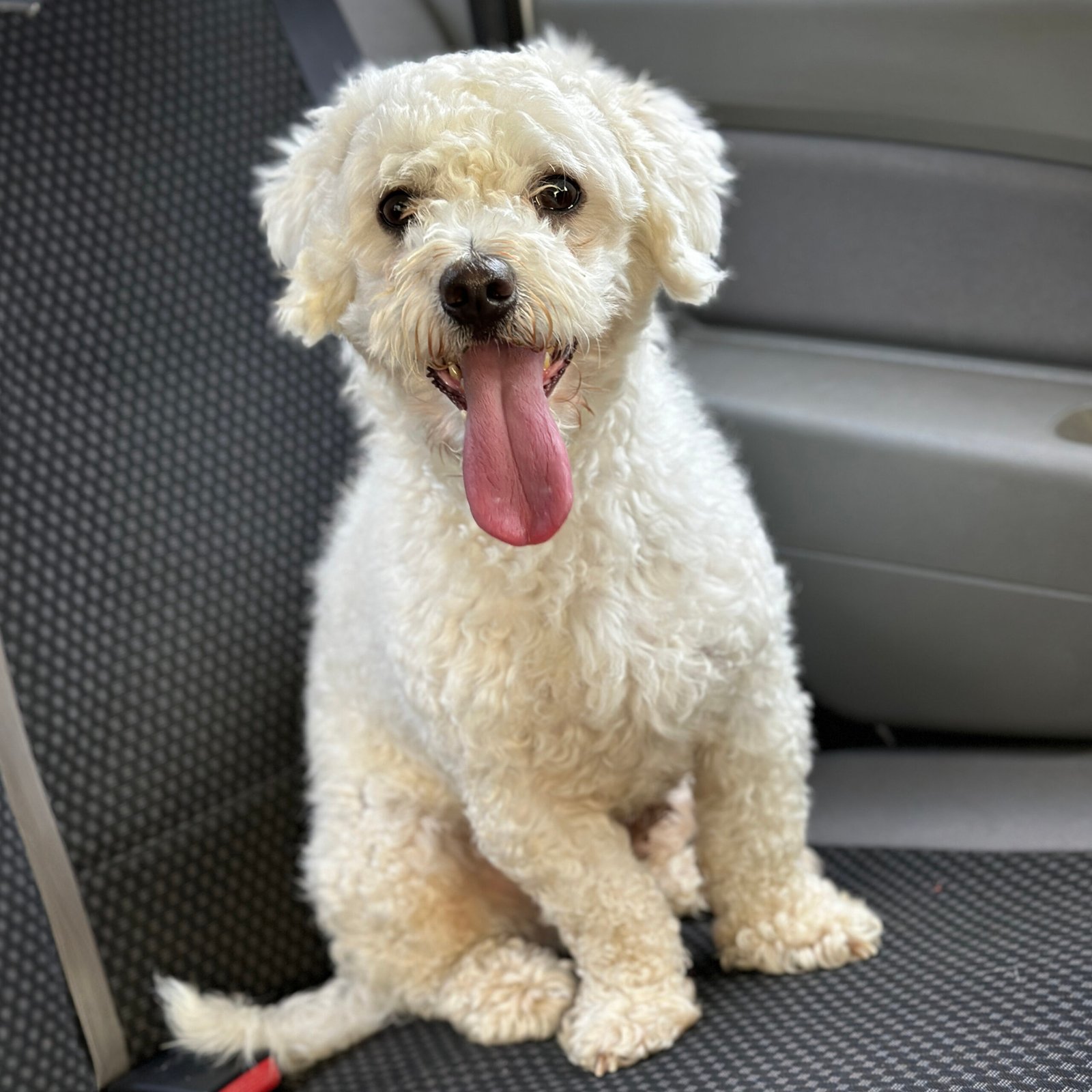
Bichon Frises are bundles of joy with a love for play. Their soft, curly coats and bright eyes make them irresistibly cute. Bichons excel at games, agility, and making new friends. They’re outgoing, cheerful, and rarely show a guarding instinct. These dogs are happiest in the company of people, spreading sunshine with every wag of their tail. For families or singles looking for a lighthearted, playful companion, the Bichon Frise is a shining star.
Whether your dog stands guard at the window or wags their tail at every passerby, understanding where they fall on the protection-to-playfulness scale can help you meet their emotional and behavioral needs. Protective breeds thrive with structure and a job to do, while playful breeds often need ample social time and stimulation. Recognizing and respecting these natural instincts—rather than working against them—helps build a deeper connection and ensures a happier, more balanced life for both you and your pup.

Born and bred in South Africa, a Capetonian at heart. Amy-Leigh’s love for nature and animals was inherited from her Dad. He loves taking the family on road trips to experience nature at its finest; Amy-Leigh’s favourite being whale watching in Hermanus and spotting Kudu along the West Coast. Amy-Leigh holds a BA in English Literature and Communication Studies.





